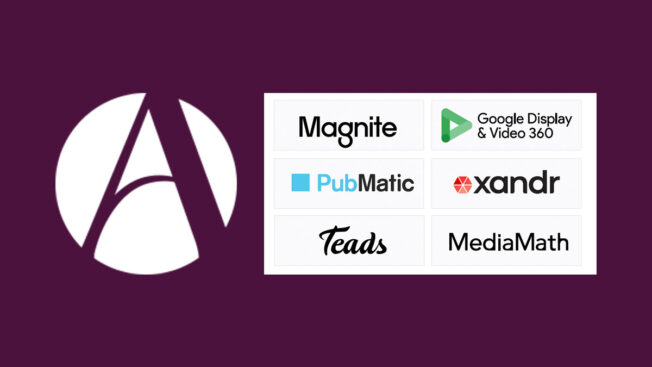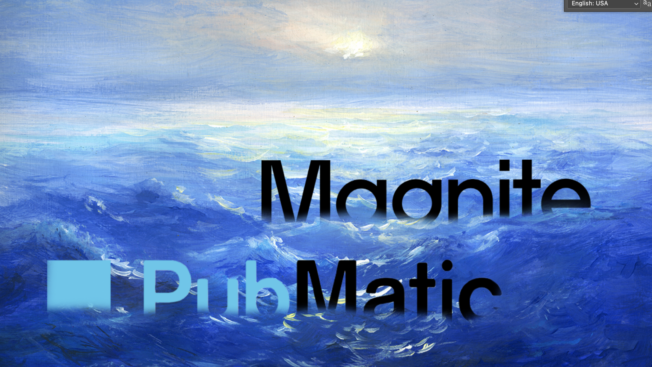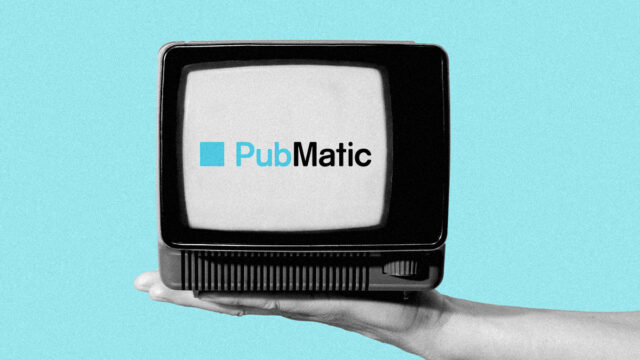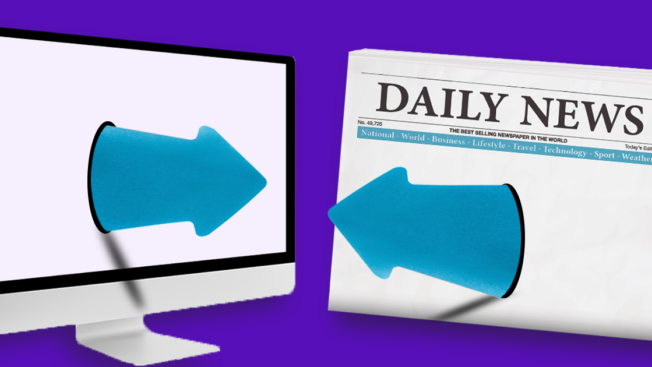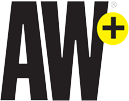How Indeed Is Growing Audience and Revenue With Disney’s Data Clean Room
Master evolving third-party data. Our guide with Datonics debunks misconceptions, offers insights for data selection and respects privacy. Download now.
For jobs site Indeed, its efforts in using data clean rooms to reach audiences—and ultimately, grow revenue—are paying off.
Indeed’s revenue comes from employer sign-ups advertising job vacancies on its site. Thanks to its integration with Disney’s data clean room, the company has grown new audiences to convert to using its services, driving revenue that substantially exceeded campaign costs.
Via running ads on Disney’s Hulu platform, Indeed tested two separate audiences: job seekers and small, medium businesses (SMB) or employers. In doing so, the job site saw a 41% lift in job seeker audience converting to using its site, compared with control tests, and a 33% lift in SMB or its employer audience converting to using its site, compared with control tests. It wouldn’t share specific numbers.
“We wanted to understand if Hulu ads drive incremental users that those two teams care about, on top of what would happen in a baseline case,” said Joseph Zucker, senior manager, marketing analytics, Indeed.
Marketers are figuring out ways to manage signal loss as the clock ticks down on Google’s plans to deprecate third-party cookies for 1% of Chrome users early next year. Further, regulatory changes have made reaching audiences across the open web even harder for marketers. Disney’s data clean room sits within Snowflake’s technology and is interoperable with Habu’s software. By mingling its first-party data with that of Disney without disclosing personally identifiable information (PII), Indeed was able to access new audiences.
All agency holding companies and over 100 brands have used Disney’s clean room technology to match audience insights in a privacy-focused way, for planning, buying and measurement, a Disney spokesperson told Adweek.
Precision targeting drives audience growth
Indeed’s primary audiences are people creating profiles to apply for jobs, and businesses posting job listings, the latter making up its primary source of revenue.
In the fourth quarter of last year, Indeed ran two campaigns for both of these audiences via Disney’s data clean room, targeting the relevant cohorts at user-level data.
The job seeker campaign lasted the entire quarter, while the SMB campaign was live six weeks before Thanksgiving.
For its SMB campaign, Indeed entered its first-party data into Disney’s clean room tech to create look-a-like audiences across Hulu users.
In our other clean room experiments, the data transfers, audience set up, and the mechanics of getting it to work were not as smooth.
Joseph Zucker, senior manager, marketing analytics, Indeed
Meanwhile, for the job seeker campaign, Indeed used Disney’s first-party data of Hulu users and split them into test and control groups. The test group was exposed to an Indeed ad on Hulu, while the control group wasn’t. After the campaign, Indeed integrated its job seeker conversion data into the clean room and matched it against the predefined audience at the user level.
In both cases, Indeed looked at the conversion rate among users who saw the ads on Hulu and compared it to those who visited the site without seeing the ad and calculated the audience lift.
“Because the two groups were identical with the exception of receiving an Indeed ad, we are confident the Indeed ad caused the difference,” said Zucker.
Meanwhile, the conversions were correlated with the generated revenue to calculate ROI from each campaign.
“And those were quite successful from Indeed’s perspective,” said Isaac Dinner, director of econometric modeling, marketing analytics, Indeed.
Further, an unintended outcome of the campaign was its spill-over impact, meaning that the job seeker campaign attracted a certain number of employers to the platform, while the SMB-focused campaign also drew in a portion of job seekers to Indeed.
“We observed a consistent occurrence of both,” noted Dinner.
Simultaneously, the data clean room lets Indeed deploy user-level data targeting, offering more refined demographics compared to geo-level targeting.
“We achieved this at a fraction of the cost [compared to geo-targeting] and got much cleaner and more precise results,” Dinner said.
Expanding tests to ESPN
While the industry is solving for interoperability capabilities within clean room technology, Indeed primarily encountered operational hurdles related to aligning and coordinating among numerous teams prior to the campaign launch.
The key teams included Indeed’s analytics team, media partners responsible for overseeing creative outputs for both campaigns, its agency partner EssenceMediaCom, Disney’s data science team, as well as teams from Snowflake and Habu to set up the clean room.
“All of those were critical for the success of the project,” said Zucker.
Indeed is currently exploring additional clean room capabilities within Disney’s other properties like ESPN.
However, this wasn’t Indeed’s first foray into data clean rooms.
“In our other clean room experiments, the data transfers, audience set up, and the mechanics of getting it to work were not as smooth,” said Zucker.
https://www.adweek.com/programmatic/how-indeed-is-growing-audience-and-revenue-with-disneys-data-clean-room/




